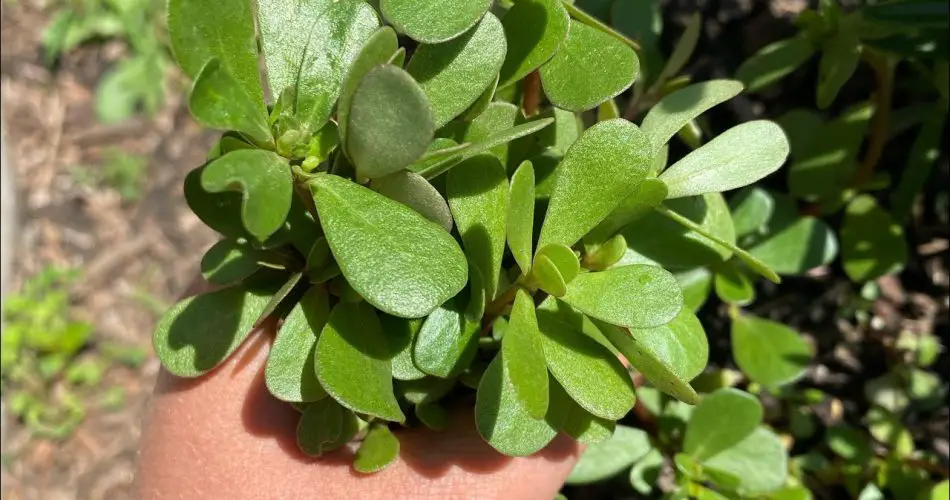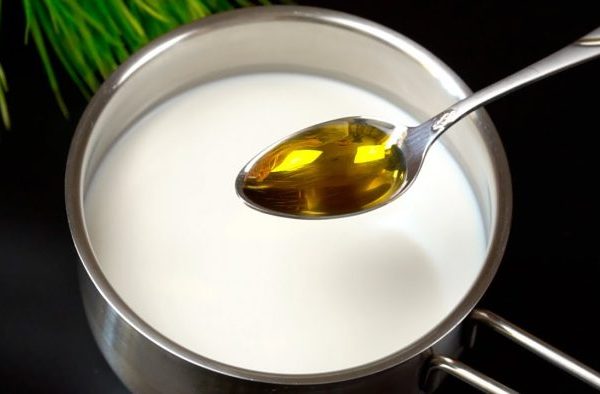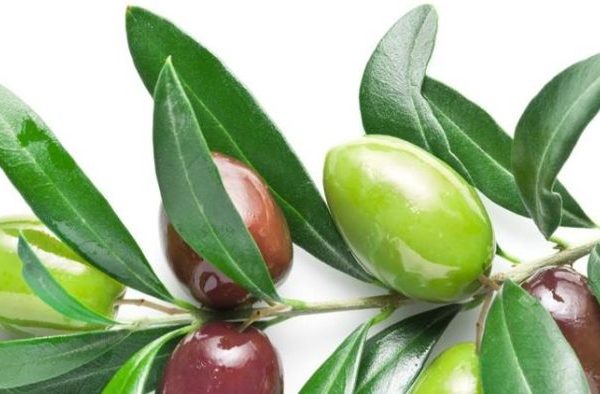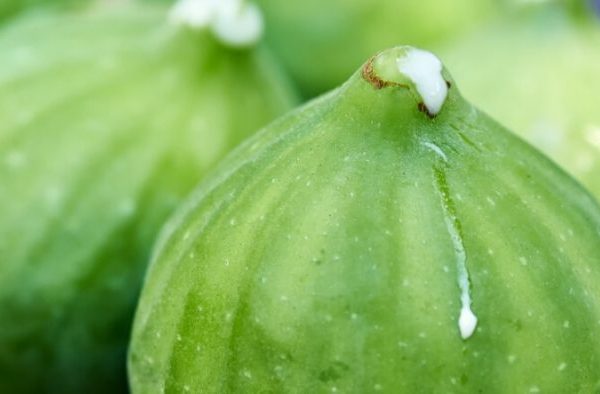Purslane, a key component of the renowned Cretan diet, is bursting with antioxidants and serves as an excellent detoxifier for the body after periods of indulgence—a perfect springtime recovery food.
The Humble Yet Mighty Purslane
Purslane is an annual herbaceous plant that grows in low, sprawling tufts with long, creeping stems. This plant is easy to recognize by its small, round, and succulent green leaves, and from July to October, it is adorned with charming small yellow flowers. Its fresh leaves have a distinct tangy and spicy flavor, making it a delightful addition to various dishes. Purslane grows wild in Southern France gardens, yet it can also be cultivated in your own garden or in pots if the native soil isn’t ideal.
Historical Significance and Botanical Properties
Historically underestimated as a common weed, purslane (Portulaca oleracea L.) is actually one of the oldest cultivated plants. Brought from the East by the Romans and later neglected, it has naturalized in many gardens. Jean-Baptiste de La Quintinie, the gardener for Louis XIV, praised purslane for its excellent nutritional qualities, referring to it as a “health salad.” Additionally, purslane acts as a bio-indicator, revealing much about soil conditions. Its prevalence suggests compact soil, poor aeration, and calcium deficiency, along with dryness during the summer.
Cultivation Tips
Purslane can be sown from March under shelter and from May directly in the garden. Prepare the soil by loosening it well. The seeds should be barely covered, and the soil kept moist. Thin the seedlings once they reach a few centimeters in height, maintaining about 20 cm between each plant. Purslane thrives in sunny, warm locations with well-drained soil.
Harvesting and Culinary Use
Two to three months after sowing, purslane is ready to harvest. Cut the shoots that look most appetizing. Always water the plant after harvesting to encourage new growth. Be sure to harvest before the first frost, which renders the foliage inedible. Purslane is best eaten fresh; its leaves do not store well. It can be enjoyed raw in salads or cooked like spinach.
Health Benefits and Uses
Purslane is packed with antioxidants and is integral to the “Cretan diet,” known for helping to prevent cardiovascular diseases. It is also diuretic, aiding in body detox after overindulgence. Rich in vitamin E and minerals, purslane has numerous uses. Its juice, when applied to the skin, is hydrating, soothing, and antibacterial, helping to heal minor wounds and skin irritations. Chewing its leaves can alleviate gum inflammation and soothe sore throats. Purslane tea, made from dried young leaves, is beneficial for its diuretic and digestive properties. For acne treatment, purslane can be combined with dandelion or wild pansy for a cleansing effect.
Propagation Methods
Purslane propagates by seed. Collect seed capsules in autumn, dry them, and store them in an airtight container for planting the following year.
Purslane Poultice Recipe
Create a soothing poultice by crushing a tablespoon of fresh purslane leaves and mixing them with an equal amount of olive oil. If needed, thicken the mixture with a little green or white clay powder.
Purslane Velouté Recipe
Ingredients:
- 200 grams of purslane
- 200 grams of potatoes
- An onion
- A bouillon cube
Preparation:
- Clean the purslane thoroughly, using only the leaves.
- Dice the potatoes and onion.
- Sauté the onion in a large pan with some olive oil.
- Add the purslane and potatoes to the pan, then cover with water up to the level of the vegetables.
- Crumble in the bouillon cube, cover, and let simmer.
- Occasionally stir and cook for about thirty minutes before blending into a smooth velouté.
Conclusion
Purslane is far more than a simple garden weed; it’s a nutrient-rich vegetable that offers both health benefits and delicious flavors. Whether used in salads, cooked dishes, or even medicinal poultices, purslane is a versatile plant that deserves a revival in our kitchens and gardens.



